Hair transplant before and after results draw in millions of people around the world yearly. What was once a somewhat rare procedure is now highly sought after by men and women from all walks of life. Much of our sense of attractiveness and confidence comes right from the top—the top of our heads. You might browse through a plastic surgeon’s gallery of impressive hair transplant before and after photos and think you’ve found the fountain of youth. However, it’s essential to have realistic expectations too. This is your free guide to getting the hair transplant results you want.
Before and after your hair transplant in Toronto, you’ll have some critical decisions to make. First and foremost, you don’t want to trust your locks—or lack thereof—to just anyone. While the seemingly low cost of a hair transplant in India or Turkey may be appealing, can you be guaranteed that the methods, operating facilities, and aftercare will measure up to that of a skilled hair transplant surgeon in Canada?
Beyond the hair transplant pictures, we recommend that you research the various methods of hair transplant surgery available, adjunct therapies, and the expertise of the surgeon performing them.








